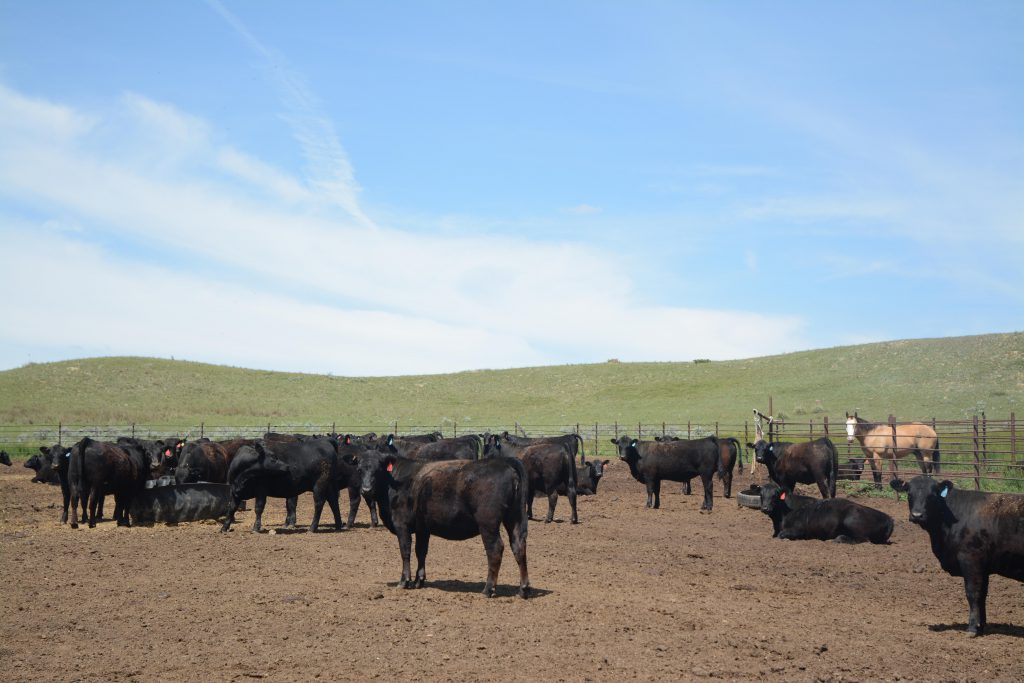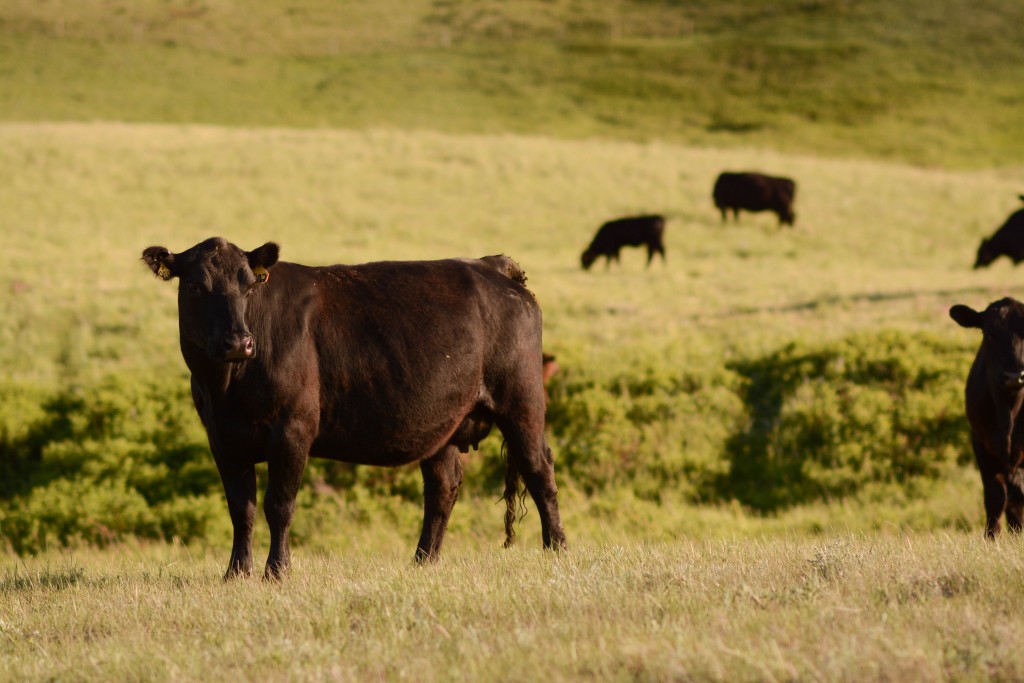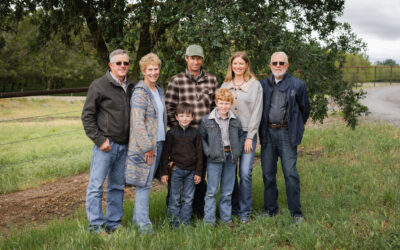
Tools that work
You’ve selected the right tool for the job, you know how it functions and you’re confident it will deliver the intended results.
Yet, I hear skeptics all the time. Take EPDs, or the expected progeny differences, calculated by breed associations. “Those are just numbers. They don’t tell you what the animal is going to do in the real world.”
I’ve worked as an ag journalist for more than a decade and every single rancher I interview who has made significant, directional progress gives a big portion of that credit to studying the EPDs. No matter what trait or suite of traits you’re trying to improve, they provide a clear roadmap. EPDs help you determine ways to avoid problems and help you design exactly the kind of herd you want.
They’ve been studied and accuracy improved for decades. In many cases, these calculations have millions of records feeding into their algorithms. With the addition of genomic information, they’re even more precise than ever.

The study was designed to prove the worth of the Beef Value ($B) index. (Often called “Dollar beef,” it was one of first tools to combine EPDs for feedyard and carcass traits with economic measures.)
There was a predicted $187.38 per-head difference between the bottom $B group and the top. In real life, fed the same ration at the same yard to the same backfat endpoint, there was a $215.47 spread.
A big part was due to the quality grade differences, where the group with the highest predicted carcass value was 100% Certified Angus Beef® (CAB®) brand and Prime, compared to the lower group that had zero Primes and just 52% CAB.
Simply put, the tools work.
There are other time-honored improvement strategies that would fall into this category of well-researched, widely tested, proven technologies. “For all the labor, hassle and money spent on synchronization, there’s no way AI [artificial insemination] makes sense.”

Yet, there are examples from South Dakota to Georgia that say otherwise.
There’s the benefit of having access to better genetics, but beyond that, study after study shows early-born calves make more money than the stragglers. The less variation in calves, the more interested the buyers. Research from a few years ago shows in a herd of 50 cows, with all costs figured in, AI adds more than $7,000 over the course of five years. That didn’t even take into consideration the potential value of better carcass merit.
I’m a proponent of checking facts and scrutinizing decisions, but if a proven technology claims to save you time or money, or add to your bottom line, and it actually does? Don’t be too surprised.
Sometimes it is just this simple: the tools work as intended.
May your bottom line be filled with black ink,
Miranda
You may also like
Legacy in the Golden Land
On a quiet stretch of Northern California rangeland, a different story unfolds. The Borror family’s legacy modestly speaks through the cattle they raise, the ground they steward. The generations who’ve made a life here demonstrate commitment to doing things right, even when no one is watching.
Marbling, Feet and Fertility: Are they related?
The Angus breed has enough genetic diversity to allow breeders, and their commercial bull customers, to make progress across multiple traits simultaneously. One bloodline may be high in marbling but does not check the boxes you need for other traits. That does not mean marbling is the cause—it simply means your search for the ideal genetic pairing is not done.
Working for Premiums
The commercial Angus rancher from Collyer, Kansas, came back for daily homework in 1999 after a year at college. For 25 years now, he’s studied all the ways to grow his family’s W6 Cattle cow-calf herd with Angus at the base. Guided by data, Walt worked to improve the herd from zero Primes to averaging 60 percent. Learning what drives premiums prompted improvement.



